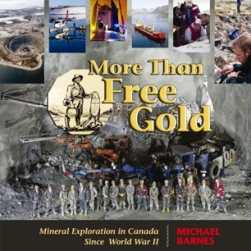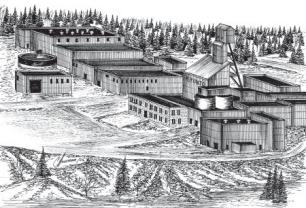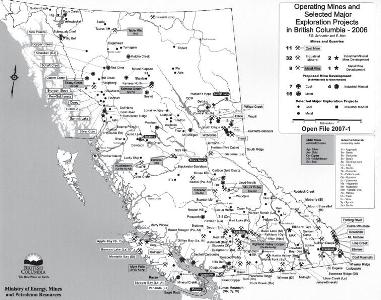Most people know all about the locks between the Canadian and American twin cities of Sault Ste. Marie. The waterways are good for trade.
But at one time the Soo locks were all on the American side. This ended with the opening of a lock to the north in 1895. Although not openly discussed, one the most important reasons for building a Canadian lock had its roots in an event which took place a quarter century before.
As Canada became a country with Confederation in 1867, a giant firm had to change its way of doing business.The Hudson’s Bay Company could no longer operate as if it were almost a feudal entity within Canada.
As the Bay gave up its huge land holdings in 1869, the action troubled the Metis people of the Red River in Manitoba. They feared their land would be taken up by new settlers.When they banded together under Louis Riel to establish a new government, a clash with Ottawa was inevitable.
























 Faults and Fissures Vein Deposits
Faults and Fissures Vein Deposits The World Wants Yellowcake (Uranium)
The World Wants Yellowcake (Uranium) Hidden in the Rock – Porphyries (British Columbia)
Hidden in the Rock – Porphyries (British Columbia)